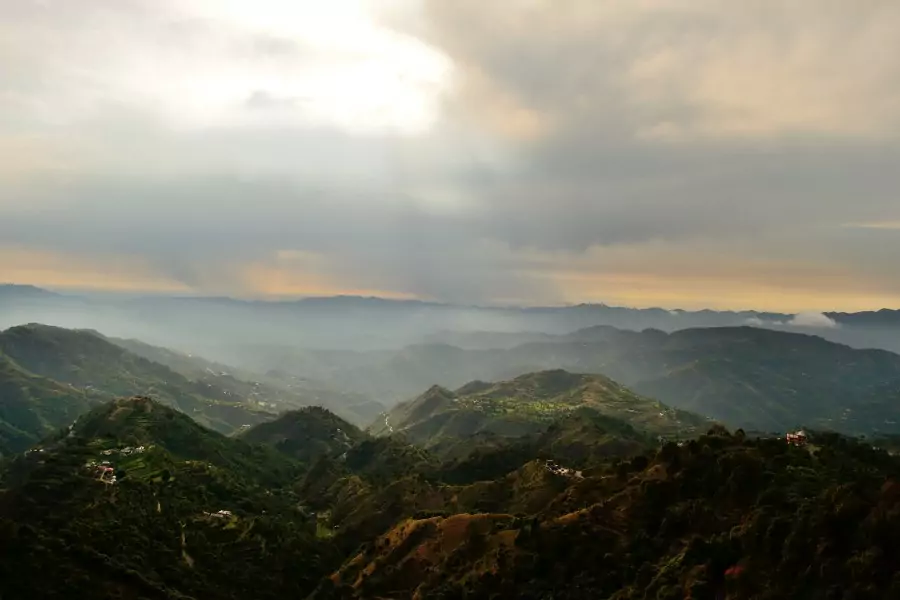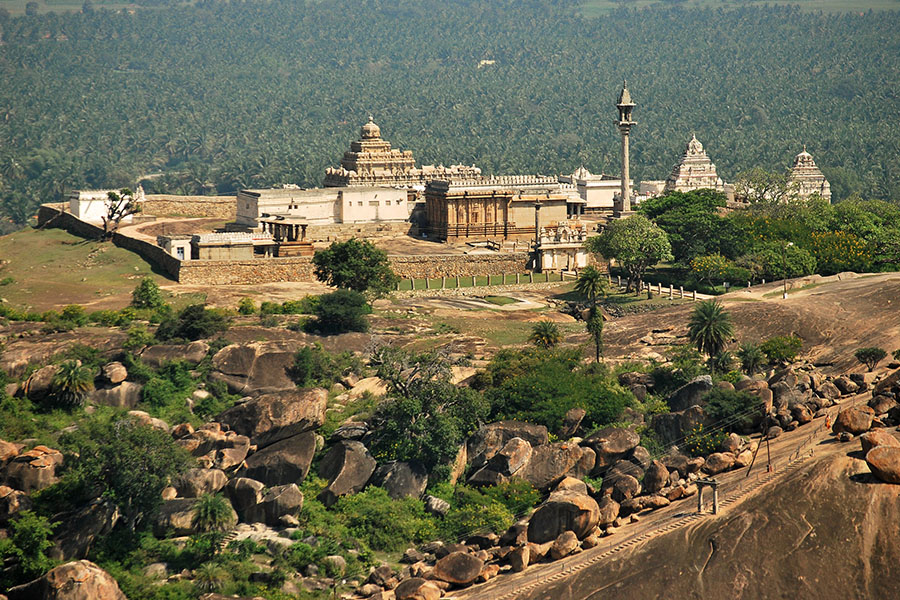Mukurthi National Park
Mukurthi National Park- Tamil Nadu forest department
The national park of Mukurthi is situated in the northwestern part of Tamil Nadu. It is close to the Nilgiri Plateau along the mountain ranges of Western Ghats in South India. The main reason for the park’s existence is to protect many endangered species like Asian elephants and the royal Bengal tiger including the Nilgiri tahr. The park was earlier called Nilgiri Tahr national park. Situated at a high altitude featured by montane shrublands it faces very cold temperatures with high winds. The park stands between the Silent valley national park and Mudumalai national park. Since the year 2012, Mukurthi National Park is declared as a World Heritage site by UNESCO.
Description of the forest’s Flora and Fauna
Numerous plants are spread across the park such as Rhododendrons, and sholas lined with shrubs. Orchids are available at the high edge of the western side of the park. Most of the park’s habitats have been disturbed by accessing motor vehicles through entry points. If such commercial use of the forest is decreased then the number of tahrs would increase. Besides the threatened mammals, there are barking deer, jungle cats, wild dogs, shrews, otters, leopards, and bonnet macaques. Although Nilgiri tahr is threatened, the park has been able to bring its numbers to 200. Birds like laughing thrush, wood pigeons, Nilgiri pipit, and Nilgiri flycatchers found in the park are facing extinction. Some birds like a black-winged kite and black eagles could be spotted among the grasslands. Reptiles such as rat snakes, bronze-headed vine snakes,s and shield tails are quite common in the forest. Butterflies like Indian fritillary and rainbow trouts resemble the Himalayan butterflies. Amphibians are also there that made the food chain complete.
Trekking and camping in Mukurthi national park
Trekking programs are organized within the forest area of Mukurti to make the public aware of conservation. Trekking routes cover places like Mukurthi peak (the highest peak in the forest region), Mudimund, Anaikatti, the western catchment, si para, silent valley, and Moyar. The distance of routes covered by trekking stays between 8 km to 60 km. A group of 20 trekkers at a time is organized by the department. All facilities required to complete the trekking journey are provided such as tents, guides, and cooks followed by eating arrangements. The trekkers only need to bring sleeping bags and rucksacks with them. It is something for the adventurous people who can survive in camping and follow the instruction said by the guide. Permission to enter the forest is given only to those people who show special interest. Downhill treks are done with a duration of three to five days. You may visit the Mukurthi dam which has been built at the foothills of the hills upon the Mukurthi River.
Important points to know
- Basically, public tourism is not meant for this national park. The forest management department has chosen to keep the forest free from any rushes of tourists.
- Conservation programs and natural awareness programs are conducted to allow a controlled visit to the forest. However, tourists who visit there for educational purpose, camping, and trekking is allowed inside with special permission. Tour for commercial or casual purposes is not allowed.
- Rest houses are there inside the forest region named Avalanche, Bnagitapal, but these are unfurnished. The instructor of the trekking group arranges all things need to stay. Trekking options are there based on the number of days they have come there.
- Wild animals are a part of our ecosystem that should be conserved to prevent an imbalance of nature. In Mukurthi National Park every step is taken to stop poaching, hunting and deforestation. We should pray for the survival of the upcoming generation of threatened animals and help in such activities.
Activity
Some popular activities in Mukurthi National Park include:
- Trekking: The park offers several trekking trails that lead to Mukurthi Peak, providing scenic views of the surrounding landscape.
- Wildlife viewing: Visitors can go on wildlife safaris to observe the diverse flora and fauna of the park, including the Nilgiri Tahr and other species of mammals, birds, and reptiles.
- Bird watching: Mukurthi National Park is home to several species of birds, making it a popular destination for bird watching enthusiasts.
- Camping: Visitors can also set up camps in designated areas within the park to experience the natural beauty and serenity of the park.
- Waterfall viewing: The park is surrounded by several waterfalls, including Pykara Waterfall and Lady Canning’s Seat, providing scenic views and opportunities for picnicking and relaxation.
Things to do
Here are some popular things to do in Mukurthi National Park:
- Wildlife safari: Go on a jeep or elephant safari to observe the diverse flora and fauna of the park, including the Nilgiri Tahr and other species of mammals, birds, and reptiles.
- Trekking: The park offers several trekking trails, including the one leading to Mukurthi Peak, providing scenic views of the surrounding landscape.
- Bird watching: Mukurthi National Park is home to several species of birds, making it a popular destination for bird watching enthusiasts.
- Camping: Set up a camp in designated areas within the park to experience the natural beauty and serenity of the park.
- Waterfall viewing: Visit Pykara Waterfall and Lady Canning’s Seat, among others, for scenic views and opportunities for picnicking and relaxation.
- Fishing: The park is surrounded by several streams and rivers where visitors can go fishing with the proper permits.
How to reach
Mukurthi National Park is located in the Nilgiri Hills of Tamil Nadu, India. Here are a few ways to reach the park:
- By air: The nearest airport is Coimbatore International Airport, which is about 140 kilometers from the park. From the airport, visitors can hire a taxi or take a bus to Ooty, and then take another taxi or bus to the park.
- By train: The nearest railway station is Mettupalayam, which is about 60 kilometers from the park. From the railway station, visitors can hire a taxi or take a bus to Ooty, and then take another taxi or bus to the park.
- By road: Mukurthi National Park is well-connected by road and can be easily reached by taxi or bus from nearby cities like Ooty, Coimbatore, and Mysore.
Best time to visit
The best time to visit Mukurthi National Park is from October to June. During this period, the weather is pleasant and ideal for outdoor activities such as trekking and wildlife viewing. The monsoon season from July to September can make the trails slippery and reduce visibility, making it a less ideal time to visit.
It is worth noting that the park is located in the Nilgiri Hills, which experience a cool and temperate climate throughout the year. The temperature in the park varies between 10°C and 20°C, making it a suitable destination for a visit at any time of the year.



